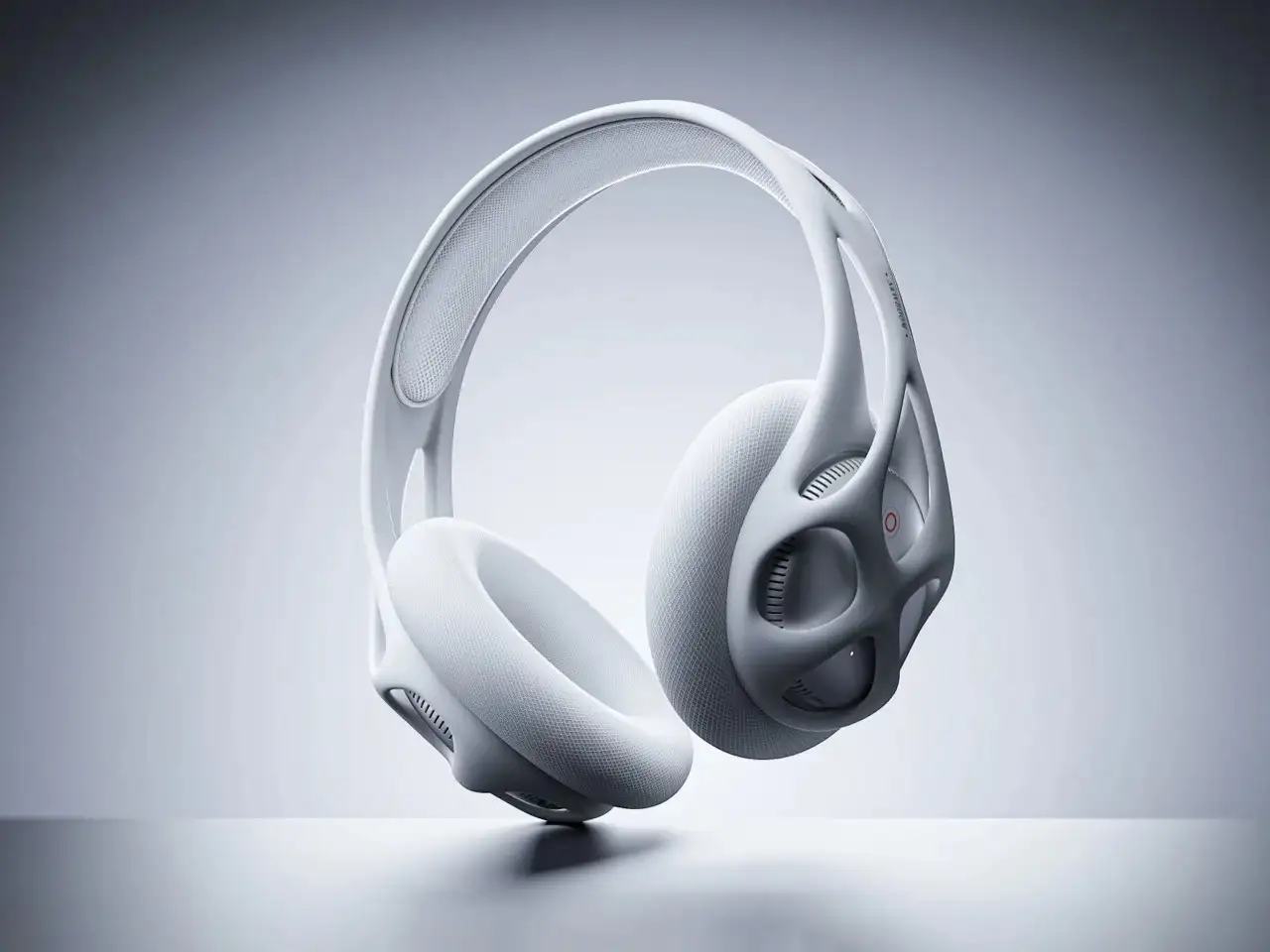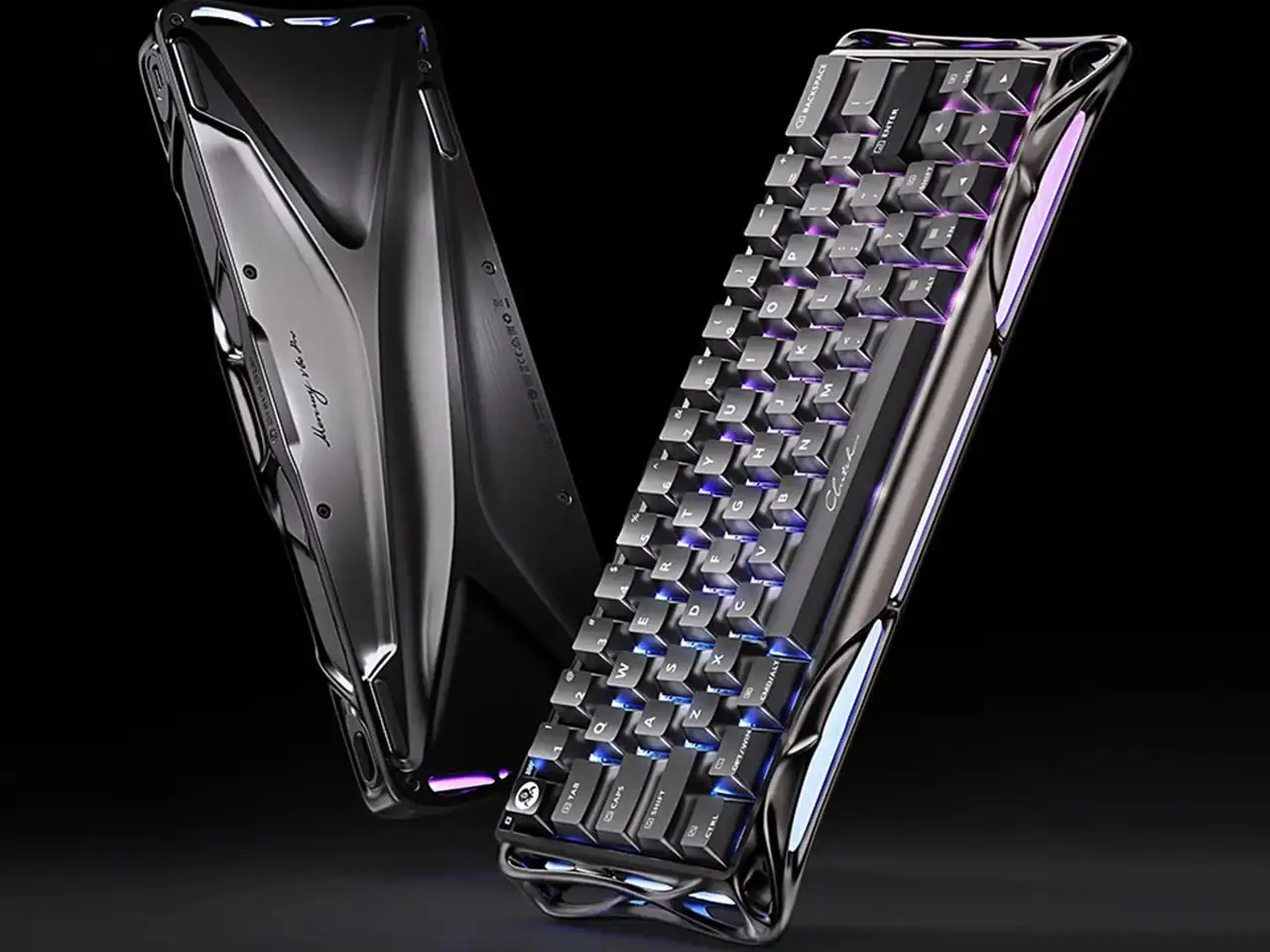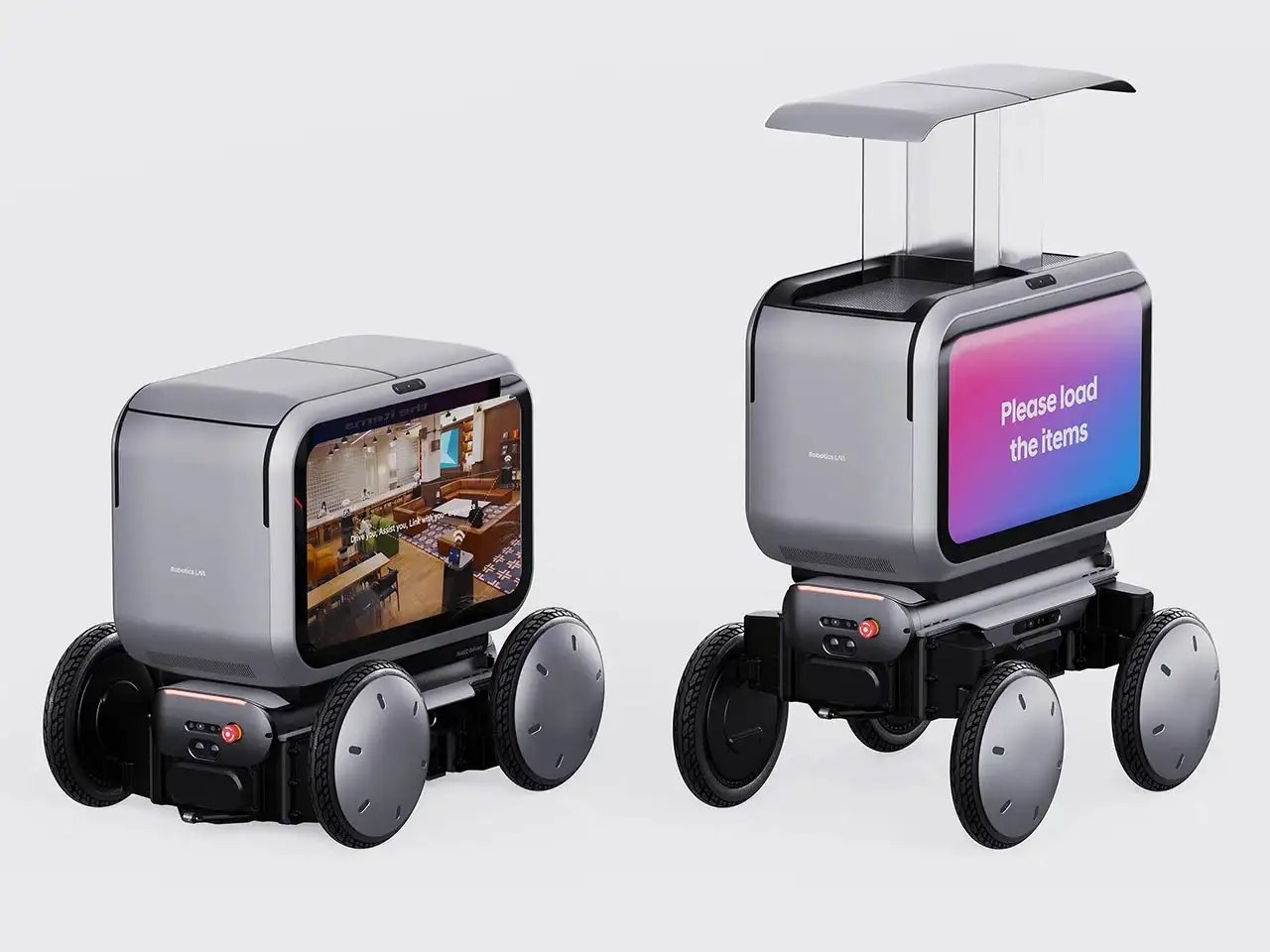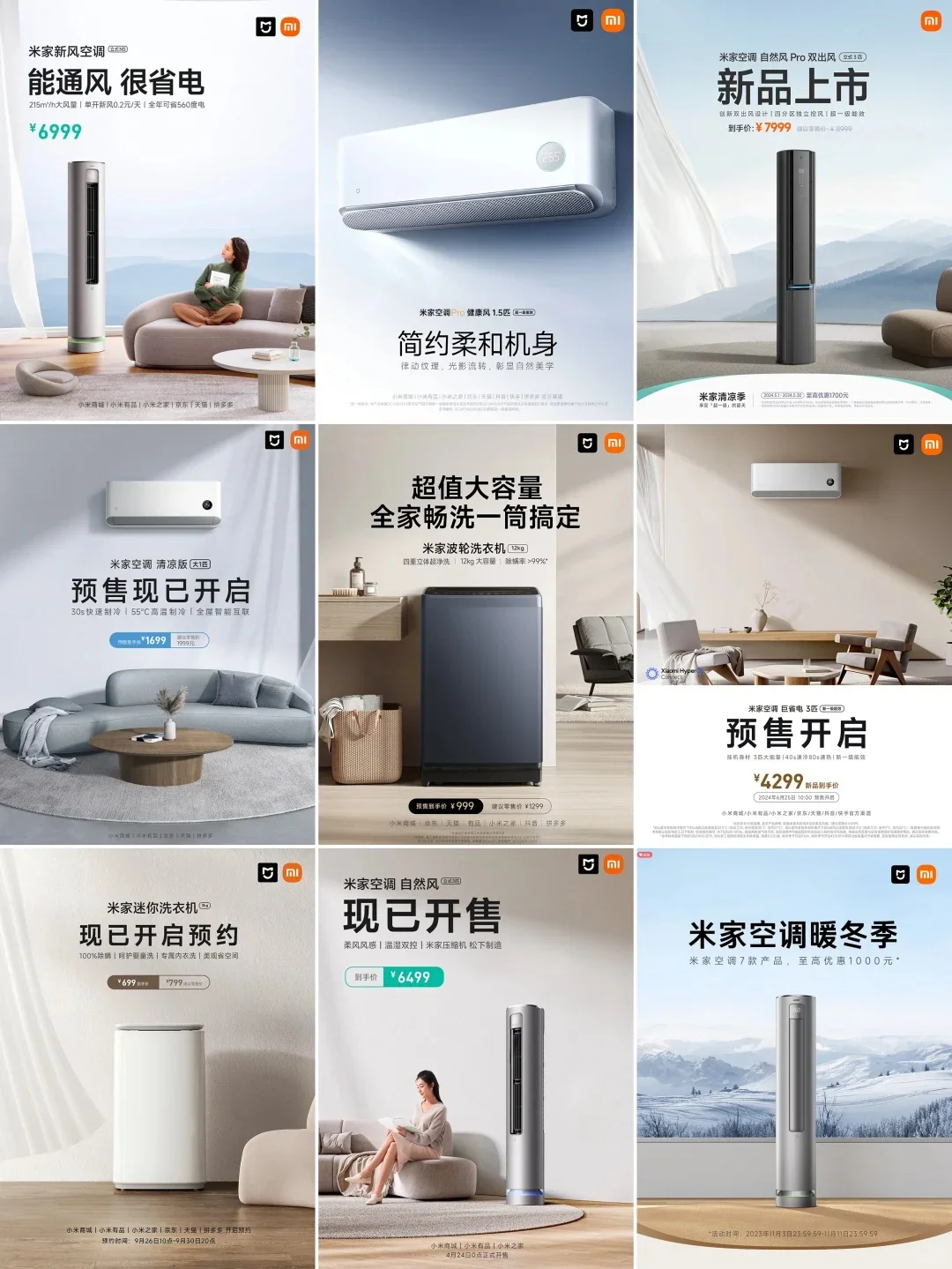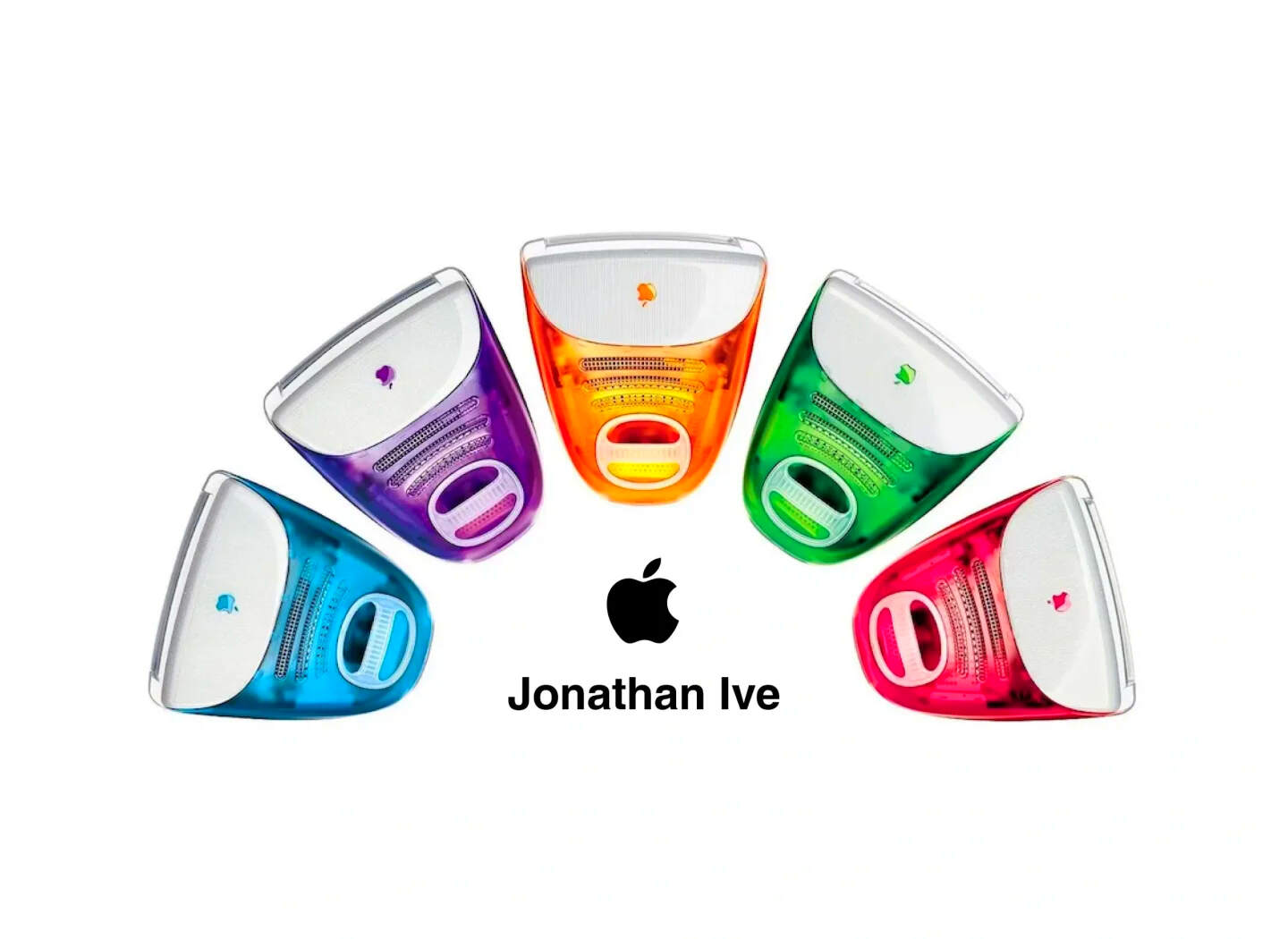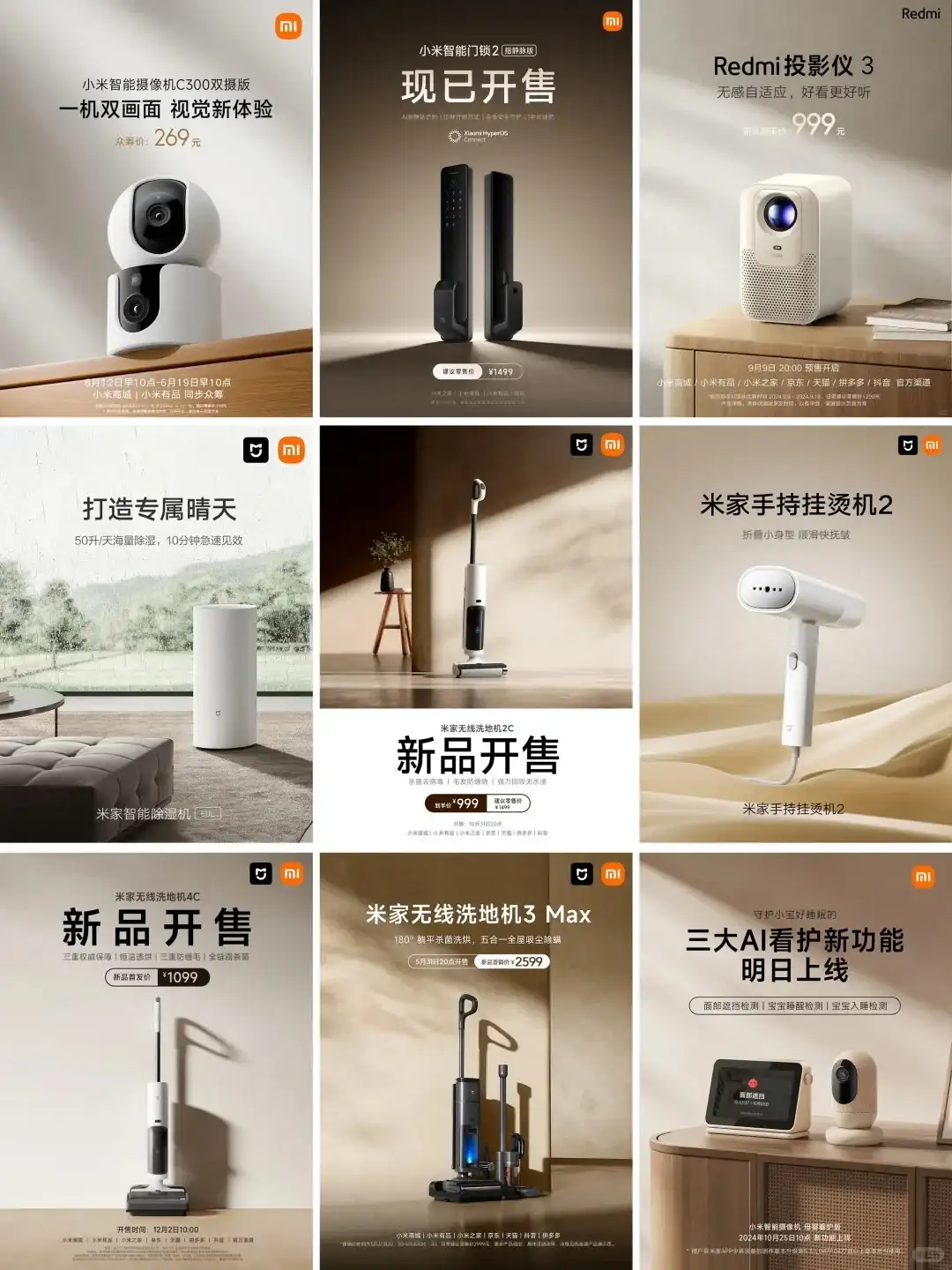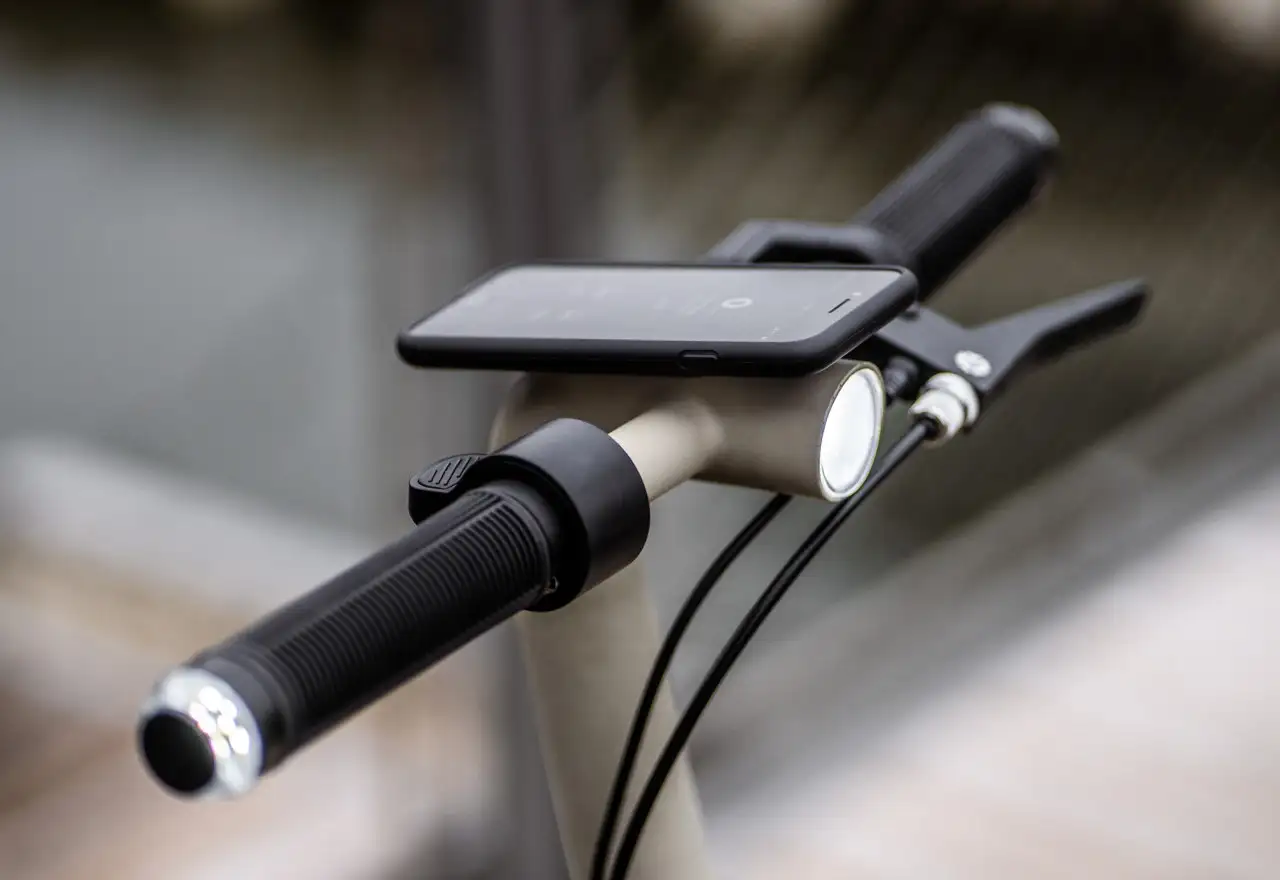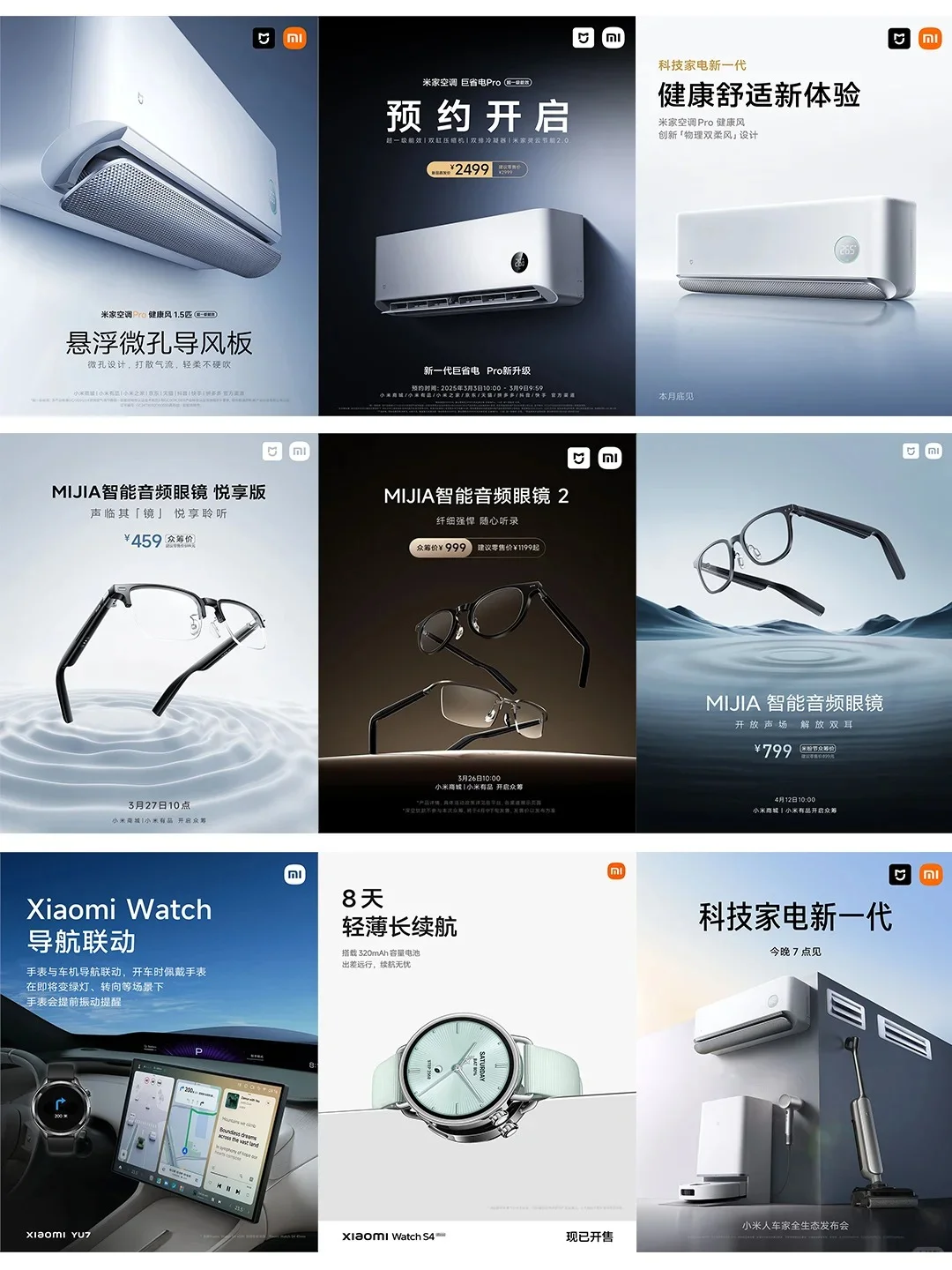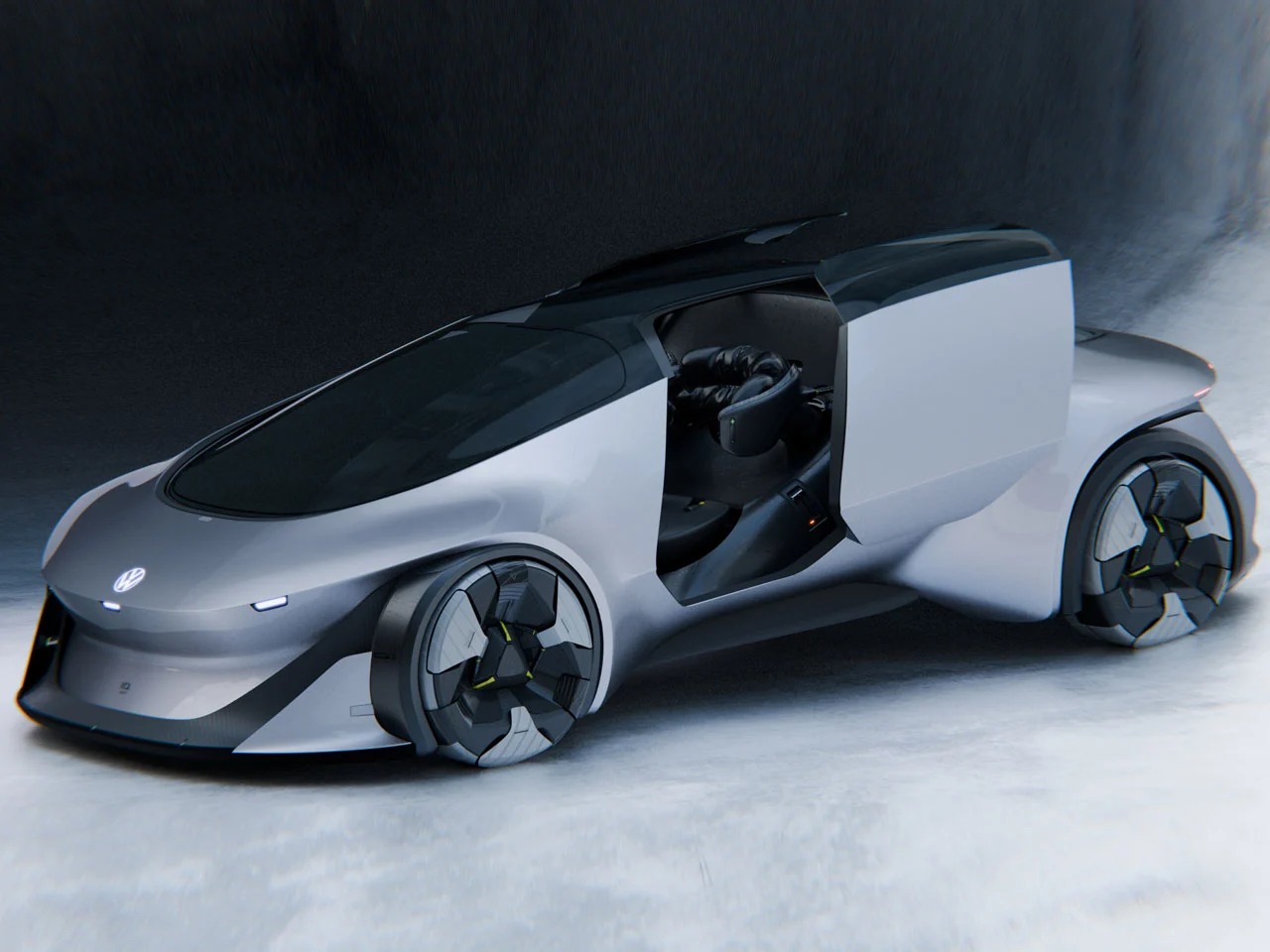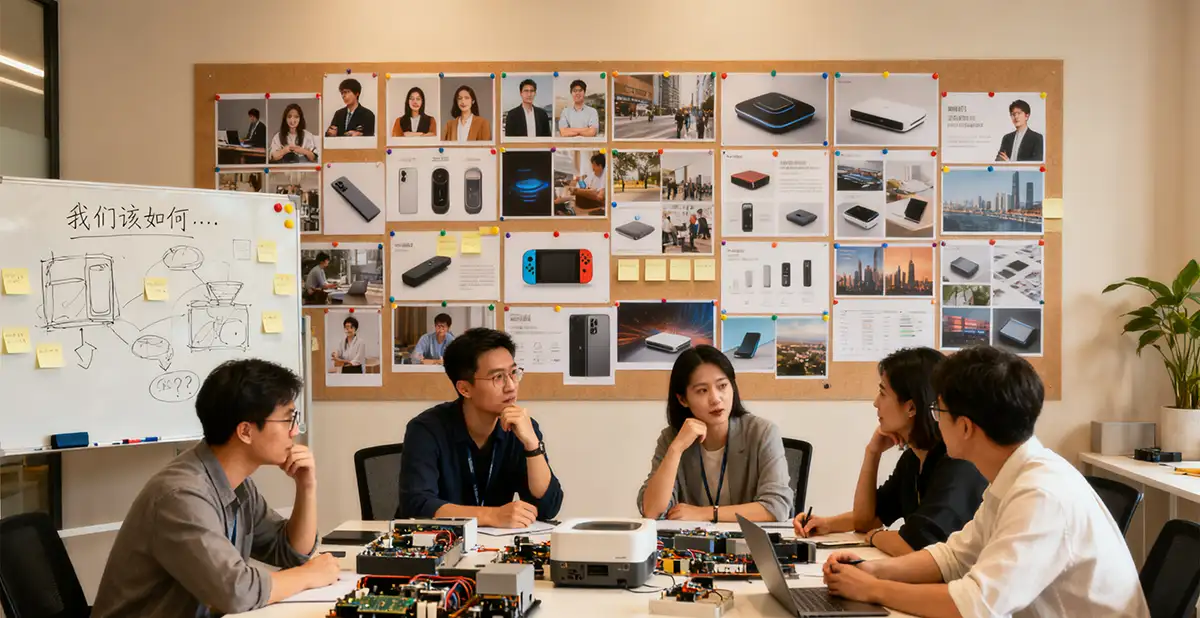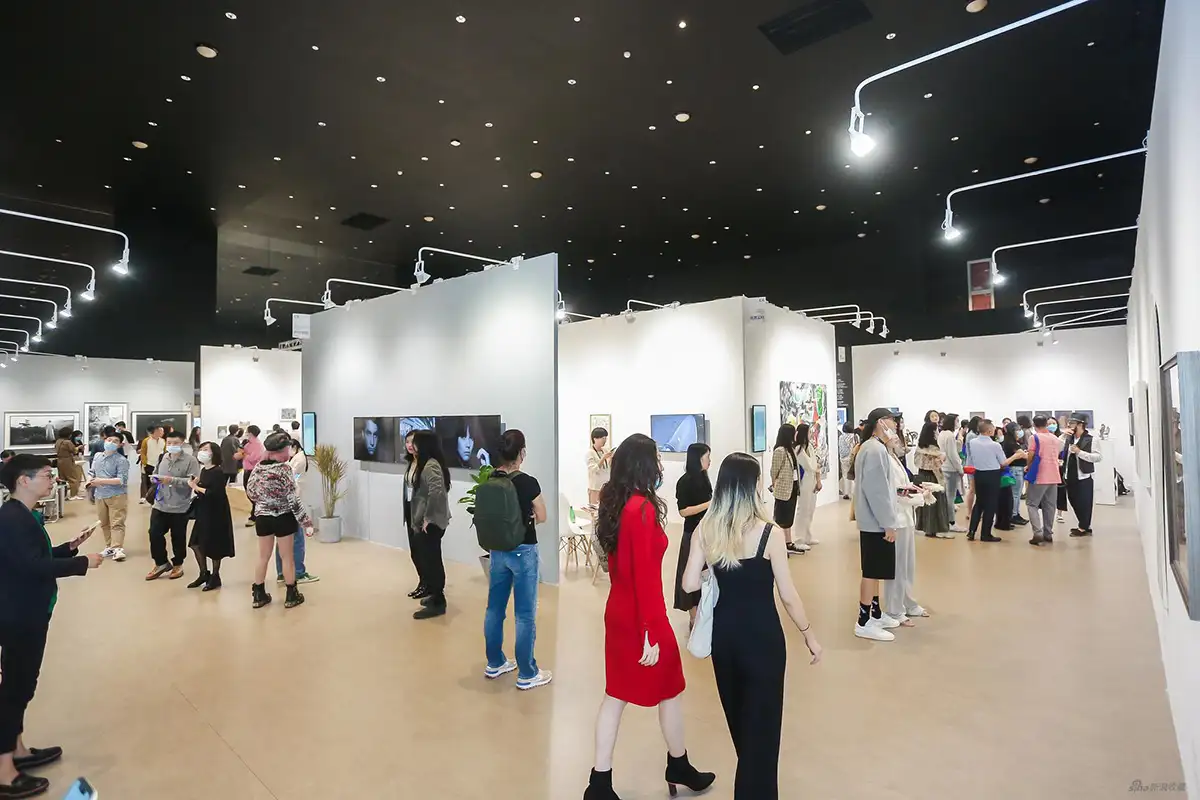NINEIDEA:未来产品设计行业趋势,是人类设计师与 AI 从 “竞争关系” 进化为 “共生关系” 的过程。这不是简单的此消彼长,而是一场深度的角色重构与价值再定义。
一、人机协作:从辅助工具到创意伙伴
AI 将成为设计师的 “数字助手”,承担起效率基石的角色。例如中南建筑设计院研发的 “Giant AI” 系统,能在 4 小时内完成传统需要 3-5 天的复杂场景渲染,设计师只需专注于草图勾勒与创意决策1115。这种协作模式在携程的设计流程中也得到验证:AI 生成的热点图库使运营效率提升 60%,设计师转而聚焦于品牌调性的把控与用户情感的捕捉9。
更具突破性的是创意共生。AI 不再是被动的工具,而是能主动激发灵感的伙伴。比如荷兰 Vrije Universiteit 的 AI Art Pavilion,通过算法生成的建筑形态启发设计师探索结构创新,最终形成既符合力学原理又极具视觉冲击力的作品16。这种协作正在重塑设计思维 —— 设计师开始像 “指挥家” 一样,用自然语言指令与 AI 进行创意对话,在参数化调整中实现 “所想即所得”。
二、设计师角色跃迁:从执行者到价值整合者
行业正在经历职能升维。设计师不再是单纯的视觉创作者,而是需要具备 “商业思维 + 技术理解 + 文化洞察” 的复合型人才。例如,在携程的 “智慧互联” 项目中,设计师需同时掌握用户行为数据分析、APP 交互逻辑与硬件电路布局,通过多系统耦合实现业务增长目标。这种转变在招聘市场尤为明显:2024 年企业对设计师的跨领域问题解决能力需求占比已达 83%,远超软件操作技能。
战略决策层的渗透成为新趋势。设计师开始参与产品全生命周期管理,从需求定义到落地运营全程把控。例如,某设计集团在宁德时代印尼产业园项目中,通过 AI 模拟员工行为数据优化空间布局,使跨部门协作效率提升 20%,将产业园从 “制造基地” 升级为 “创新策源地”。这种角色转变要求设计师具备 “设计即业务” 的思维,用数据验证设计价值。
三、行业分化:标准化与个性化的两极演进
基础设计任务的智能化替代已成定局。AI 在界面设计、海报生成等领域的效率优势显著,例如 Midjourney 生成的插画可直接用于电商详情页,使中小商家设计成本降低 70%19。但这种替代并非简单的 “机器换人”,而是推动行业向分层服务发展 ——AI 负责标准化产出,人类设计师专注于高端定制。
高价值设计领域的人文壁垒愈发凸显。在文化遗产保护、品牌战略设计等领域,AI 的局限性暴露无遗。例如,松口镇历史文化名镇保护项目中,AI 分析客家建筑形制生成的修复方案,需设计师结合非遗传承认知进行 “一栋一策” 优化,最终使古街年游客量突破 50 万人次。这种人文价值的不可替代性,在时尚设计领域同样显著:四川美术学院将彭水苗绣等非遗元素融入现代服饰,通过 AI 技术实现传统纹样的数字化转译,但情感表达与文化叙事仍需设计师主导。
四、伦理与可持续:人类设计师的新战场
设计伦理的复杂性正在加剧。AI 生成内容的版权归属、算法偏见等问题亟待解决。例如,某智能机器人辅助手术系统因故障导致患者伤害,暴露出 AI 设计中风险评估与责任界定的缺失。设计师需成为伦理守门员,在智能设备设计中嵌入数据最小化、用户知情同意等机制,确保技术向善。
可持续设计的主导权牢牢掌握在人类手中。AI 虽能模拟材料能耗,但缺乏对生态系统的整体认知。在竹岛之家项目中,设计师通过机器学习分析竹林环境生成建筑形态,同时手工调整竹材的拼接方式,使建筑与自然实现 “呼吸式共生”。这种将可持续理念融入设计基因的能力,是 AI 难以企及的。
五、教育革命:培养 “数字原住民” 设计师
课程体系的重构势在必行。高校开始打破学科壁垒,构建 “艺术 + 科技 + 商业” 的跨学科培养模式。例如,清华大学美术学院的 “智能工程与创意设计” 交叉专业,要求学生同时掌握机械工程、计算机科学与产品设计,培养出既能绘制精密图纸又能理解供应链成本函数的复合型人才。这种改革在职业教育中同样显著:某职业本科院校要求教师每学期完成 80 小时企业顶岗实践,将工厂实际案例转化为教学模块。
工具素养的升级成为核心竞争力。设计师不再是单纯的软件操作者,而是需要掌握 AI 工具的创造性应用。例如,上海大学《交互界面设计》课程引入 VR 设备与元宇宙概念,让学生在虚拟环境中进行用户体验设计,培养 “数字孪生” 思维。这种教育理念正在重塑行业标准 ——2025 年某新能源汽车企业淘汰 37% 的设计应聘者,原因是他们无法在虚拟现实中重构用户出行场景。
未来的设计行业,将是人类设计师与 AI 共同书写的双重奏。AI 负责效率与标准化,人类掌控创意与温度;AI 提供数据支撑,人类赋予情感灵魂。正如中南建筑设计院的实践所示:AI 生成的建筑效果图可以达到投标级精度,但 “荆楚派” 建筑的文化基因与空间叙事,仍需设计师用画笔与思考去激活。这种共生关系的本质,是技术理性与人文价值的深度融合 ——AI 让设计更高效,而人类让设计更有意义。
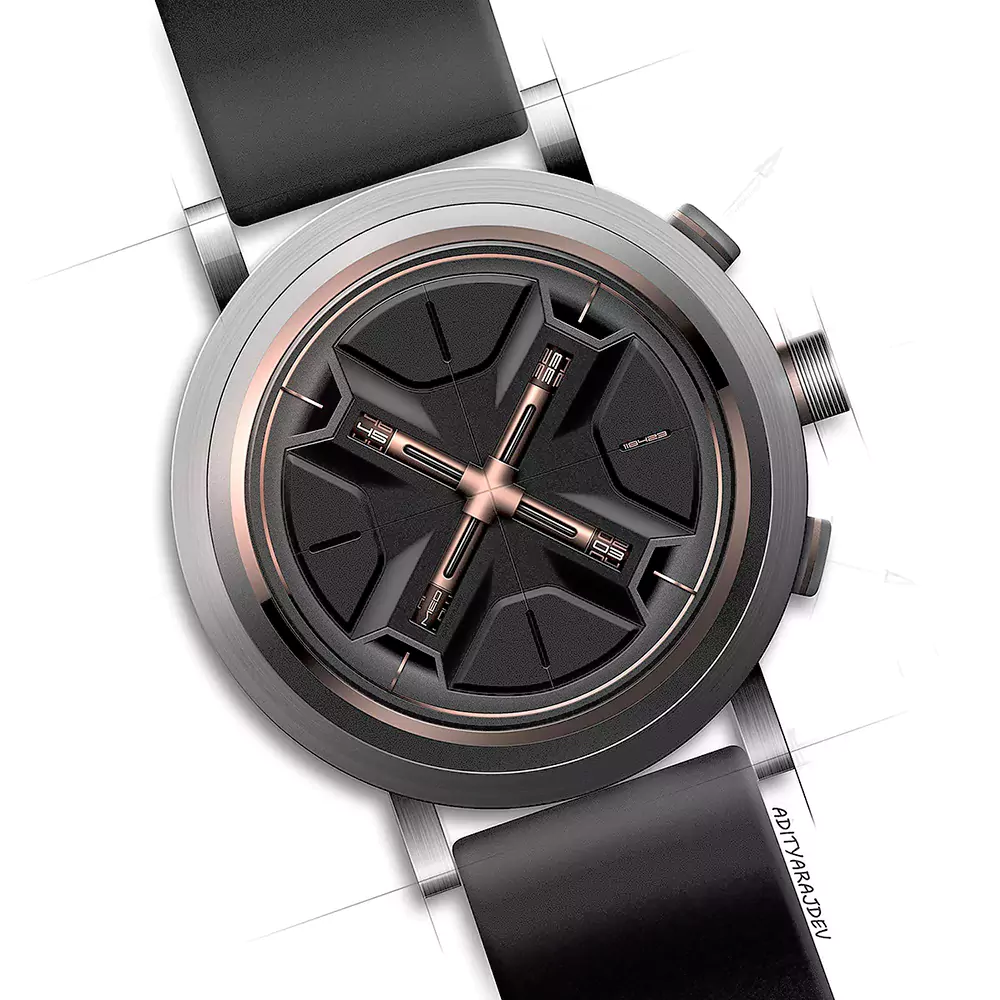
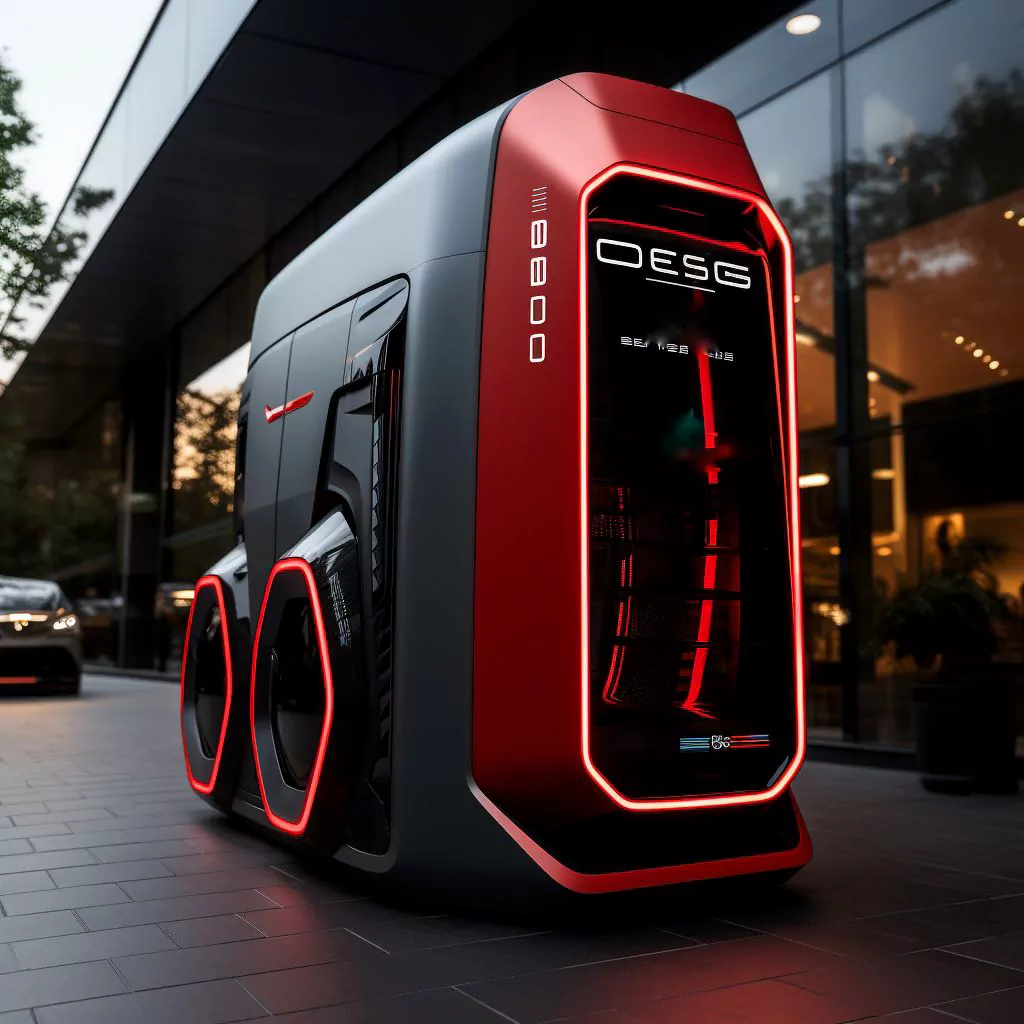
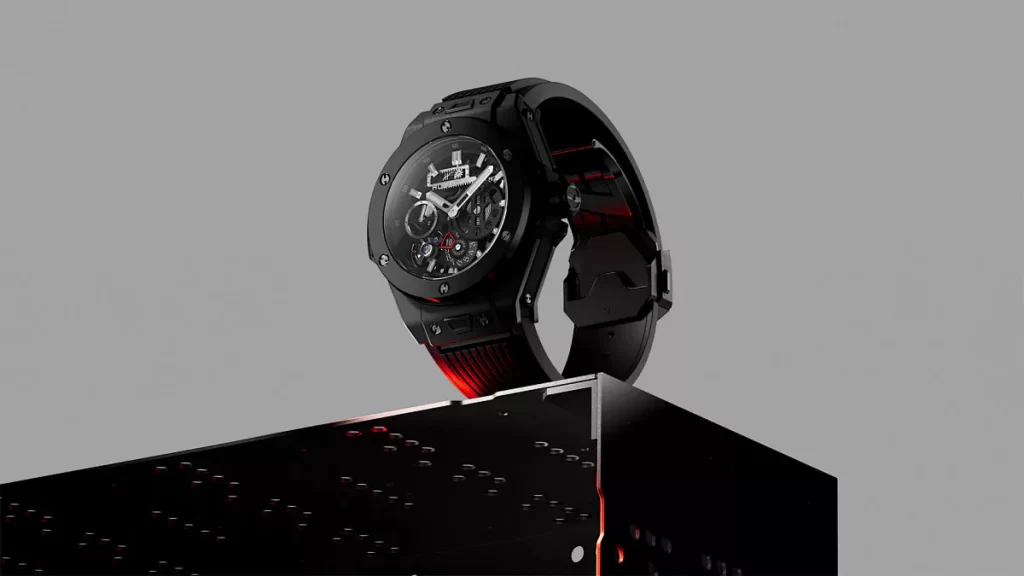
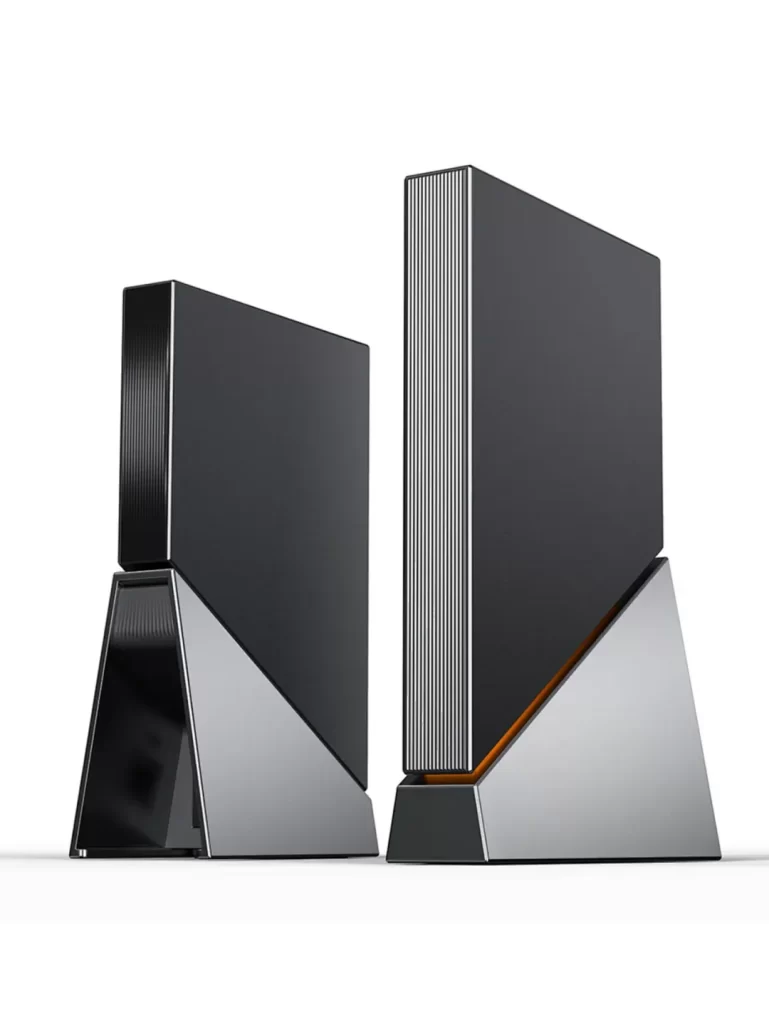


What are the trends of human designers and AI in the future product design industry?
NINEIDEA: The trend of future product design industry is the process of human designers and AI evolving from “competitive relationship” to “symbiotic relationship”. This is not just a simple trade-off, but a deep role reconstruction and value redefinition.
1、 Human Computer Collaboration: From Auxiliary Tools to Creative Partners
AI will become the “digital assistant” for designers, taking on the role of the cornerstone of efficiency. For example, the “Giant AI” system developed by Zhongnan Architectural Design Institute can complete complex scene rendering that traditionally takes 3-5 days within 4 hours. Designers only need to focus on sketching and creative decision-making. This collaborative model has also been validated in Ctrip’s design process: the AI generated hotspot library improves operational efficiency by 60%, and designers focus on controlling brand tone and capturing user emotions instead.
What is even more groundbreaking is the symbiosis of creativity. AI is no longer a passive tool, but a partner that can actively inspire inspiration. For example, the AI Art Pavilion at Vrije Universiteit in the Netherlands inspires designers to explore structural innovation through algorithm generated architectural forms, ultimately resulting in works that comply with mechanical principles and have a strong visual impact. This collaboration is reshaping design thinking – designers are starting to act like “conductors”, using natural language instructions to engage in creative dialogue with AI, achieving “what you think is what you get” through parameterized adjustments.
2、 Designer role transition: from executor to value integrator
The industry is undergoing functional upgrading. Designers are no longer just visual creators, but require versatile talents with “business thinking+technical understanding+cultural insight”. For example, in Ctrip’s “Smart Internet” project, designers need to simultaneously master user behavior data analysis, APP interaction logic, and hardware circuit layout, and achieve business growth goals through multi system coupling. This transformation is particularly evident in the recruitment market: by 2024, the demand for designers’ cross disciplinary problem-solving skills has reached 83%, far exceeding software operation skills.
The infiltration of strategic decision-makers has become a new trend. Designers begin to participate in product lifecycle management, controlling the entire process from requirement definition to implementation and operation. For example, in the Ningde Times Indonesia Industrial Park project, a design group optimized the spatial layout by simulating employee behavior data through AI, improving cross departmental collaboration efficiency by 20% and upgrading the industrial park from a “manufacturing base” to an “innovation source”. This role transition requires designers to have a “design as business” mindset and validate the value of design with data.
3、 Industry differentiation: the dual evolution of standardization and personalization
The intelligent replacement of basic design tasks has become a foregone conclusion. AI has significant efficiency advantages in areas such as interface design and poster generation. For example, illustrations generated by Midjourney can be directly used for e-commerce detail pages, reducing design costs for small and medium-sized merchants by 70%. But this substitution is not simply a “machine replacement”, but a push for the industry to develop towards layered services – AI is responsible for standardized output, while human designers focus on high-end customization.
The cultural barriers in the field of high-value design are becoming increasingly prominent. The limitations of AI are fully exposed in areas such as cultural heritage protection and brand strategy design. For example, in the protection project of the historical and cultural town of Songkou Town, the restoration plan generated by AI analysis of Hakka architectural form requires designers to optimize the “one building, one strategy” based on the recognition of intangible cultural heritage inheritance, ultimately achieving an annual tourist volume of over 500000 on the ancient street.
The irreplaceability of this humanistic value is equally evident in the field of fashion design: Sichuan Academy of Fine Arts has integrated intangible cultural heritage elements such as Pengshui Miao embroidery into modern clothing and achieved digital translation of traditional patterns through AI technology, but emotional expression and cultural narrative still need to be led by designers.
4、 Ethics and Sustainability: The New Battlefield for Human Designers
The complexity of design ethics is increasing. The copyright ownership and algorithmic bias of AI generated content urgently need to be addressed. For example, a certain intelligent robot assisted surgical system caused patient injury due to malfunction, exposing the lack of risk assessment and responsibility definition in AI design. Designers need to become ethical gatekeepers, embedding mechanisms such as data minimization and user informed consent in smart device design to ensure that technology is good.
The leadership of sustainable design is firmly in the hands of humanity. Although AI can simulate material energy consumption, it lacks a comprehensive understanding of the ecosystem. In the Bamboo Island Home project, the designer used machine learning to analyze the bamboo forest environment and generate architectural forms, while manually adjusting the splicing method of bamboo to achieve a “breathing symbiosis” between the building and nature. The ability to integrate sustainable concepts into design genes is beyond the reach of AI.
5、 Education Revolution: Cultivating ‘Digital Indigenous’ Designers
The reconstruction of the curriculum system is imperative. Universities are starting to break down disciplinary barriers and establish an interdisciplinary training model of “art+technology+business”. For example, the interdisciplinary program of “Intelligent Engineering and Creative Design” at Tsinghua University’s School of Fine Arts requires students to master mechanical engineering, computer science, and product design simultaneously, cultivating composite talents who can both draw precision drawings and understand supply chain cost functions. This reform is also significant in vocational education: a certain vocational undergraduate college requires teachers to complete 80 hours of on-the-job practice in enterprises every semester, transforming actual factory cases into teaching modules.
The upgrading of tool literacy has become a core competitiveness. Designers are no longer just software operators, but need to master the creative application of AI tools. For example, the course “Interactive Interface Design” at Shanghai University introduces the concepts of VR devices and metaverse, allowing students to design user experiences in virtual environments and cultivate “digital twin” thinking. This educational philosophy is reshaping industry standards – by 2025, a new energy vehicle company will eliminate 37% of design applicants because they are unable to reconstruct user travel scenarios in virtual reality.
The future design industry will be a dual story written by human designers and AI. AI is responsible for efficiency and standardization, while humans control creativity and temperature; AI provides data support, while humans endow emotional souls. As demonstrated by the practice of Zhongnan Architectural Design Institute, AI generated architectural renderings can achieve bidding level accuracy, but the cultural genes and spatial narratives of the “Jingchu School” architecture still need to be activated by designers with brushes and thinking. The essence of this symbiotic relationship is the deep integration of technological rationality and humanistic values – AI makes design more efficient, while humans make design more meaningful.










